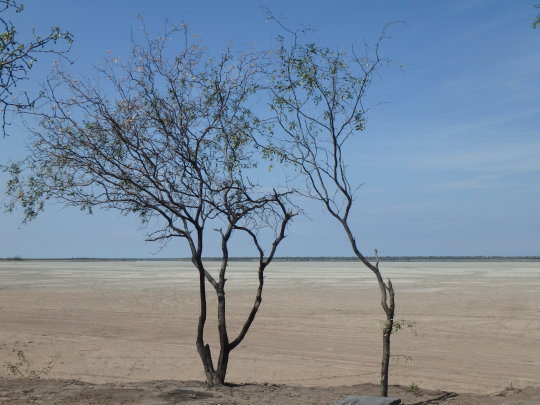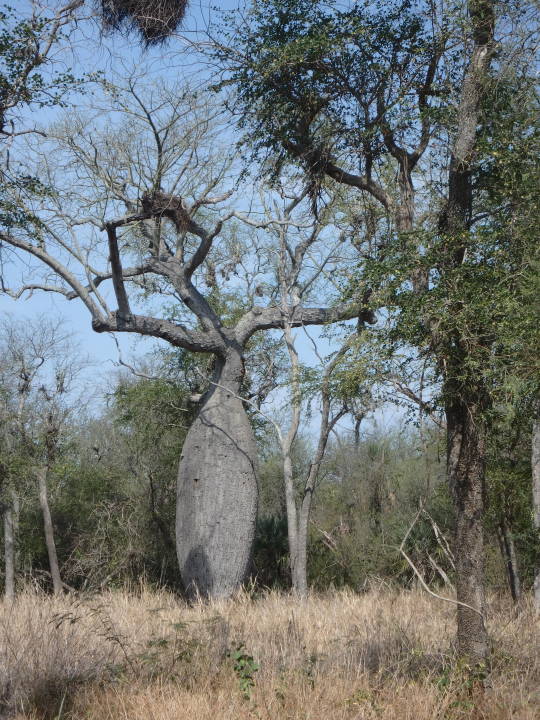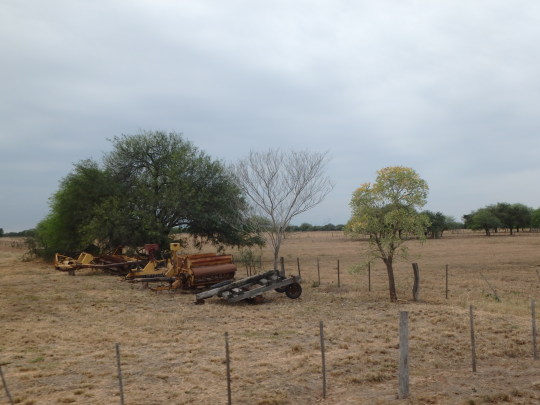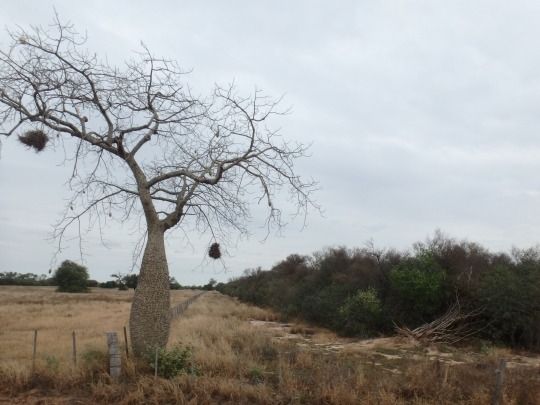#Chaco - Paraguay
Photo
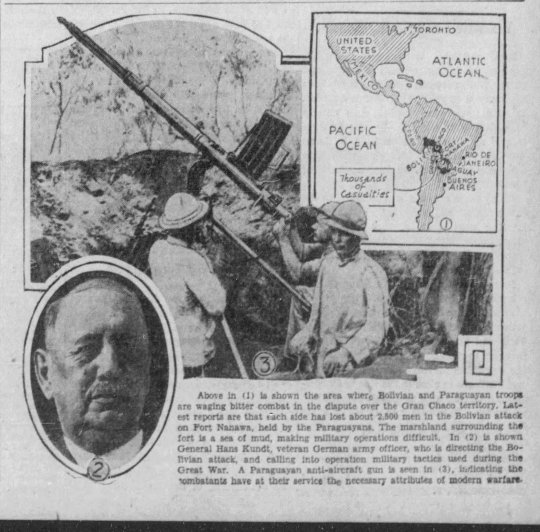
“Above in (1) to shown the area where Bolivian and Paraguayan troops are waging bitter combat in the dispute over the Gran Chaco territory. Latest reports are that each side has lost about 2,000 men in the Bolivian attack on Fort Nanawa, held by the Paraguayans. The marshland surrounding the fort is a sea of mud making military operations difficult. In (2) is shown General Hans Kundt, veteran German army officer, who is directing the Bolivian attack and calling into operation military tactics used during the Great War. A Paraguayan anti-aircraft gun is seen in (1) indicating the combatants have at their service the necessary attributes of modern warfare.”
- from the Kingston Whig-Standard. January 30, 1933. Page 3.
#gran chaco#chaco war#guerra del chaco#paraguay#bolivia#paraguayan history#bolivian history#fort nanawa#german military advisor#world war 1#interwar period#ejército paraguayo#antiaircraft guns#aa guns#cháko Ñorairõ
4 notes
·
View notes
Text
youtube
#culture#indigenous#indígenas#lenguas#linguistic anthropology#podcast#paraguay#nivacle#3:28 / 25:33#Episodio4 (T2): BiancaOrqueda#Estación Jaylli. Cantos y voces plurales#Estadísticas#Editar vídeo#44#Compartir#Promocionar#Música#Podcast#Cultura#alemán e inglés. Una mujer joven#lider y amante de su lengua.#Chaco - Paraguay#EstaciónJaylli#LenguasOriginarias#PueblosOriginarios#LenguaMaterna#Lingüística#DiversidadLingüística#Plurilingüismo#Interculturalidad
1 note
·
View note
Text
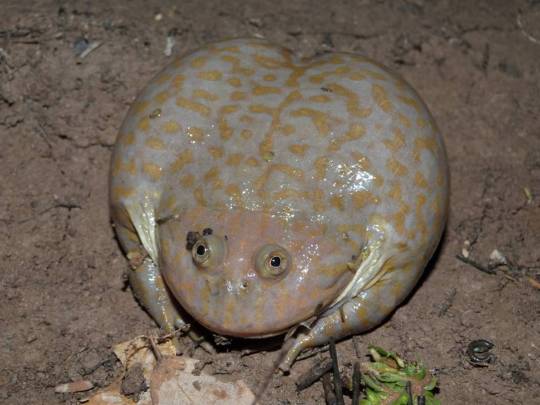

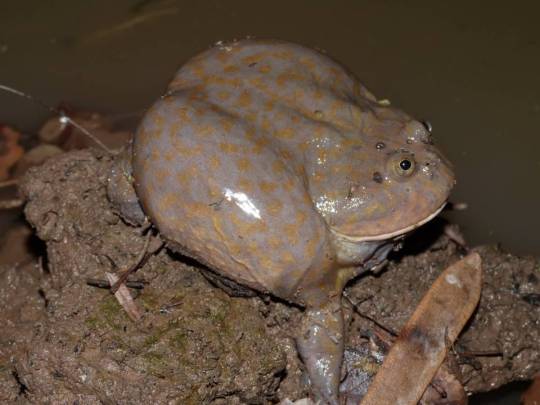

Budgett's Frog (Lepidobatrachus laevis), family Ceratophrynidae, El Chaco, Paraguay
photograph via:
ROUND-EYED BUDGETT´S FROG Lepidobatrachus laevis FAUNA PARAGUAY
689 notes
·
View notes
Text
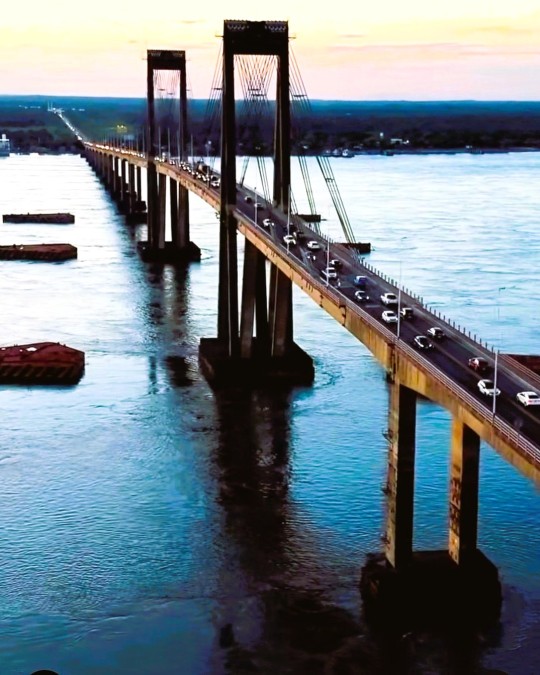
General Belgrano Bridge, Argentina: The General Manuel Belgrano Bridge (Spanish: Puente General Manuel Belgrano) is a road bridge that joins the Argentine cities of Corrientes (capital of the Corrientes Province in the Mesopotamia) and Resistencia (capital of Chaco in the Chaco Region) over the course of the Paraná River (near the confluence with the Paraguay River). It was opened on May 10, 1973. Wikipedia
91 notes
·
View notes
Photo
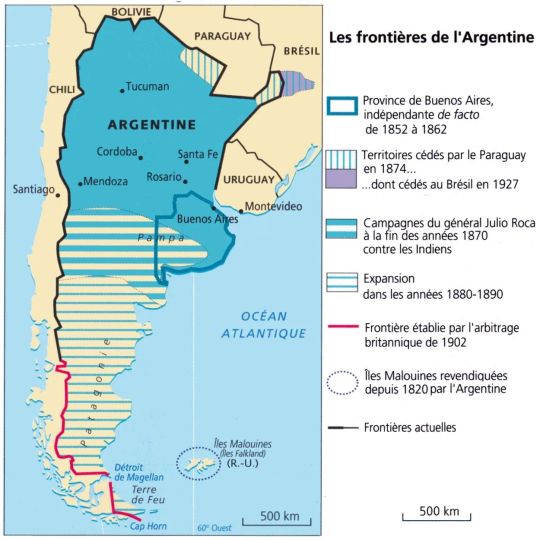
Argentina's borders
« Atlas des peuples d’Amérique », Jean Sellier, La Découverte, 2006
by cartesdhistoire
In 1853, Argentina adopted a constitution modeled after that of the United States, which combined federalism with presidential governance. However, Buenos Aires did not ratify this constitution and seceded until 1862. It did not become the federal capital until 1880, following its separation from the province.
In the northern regions, territorial expansion was fueled by the War of the Triple Alliance (involving Brazil, Argentina, and Uruguay) against Paraguay between 1864 and 1870. Argentina occupied Misiones (located between the Paraná and Uruguay rivers) in 1868, as well as part of the Chaco (which is now the Argentine province of Formosa).
In the southern territories, expansion occurred at the expense of indigenous peoples who had never been subjugated by the Spaniards and who regularly raided the pampas (the provinces of Buenos Aires and Santa Fe). In 1878–1879, General Julio Roca decisively ended these raids by destroying both the summer camps and winter settlements of the indigenous peoples. This "conquest of the desert" led to the incorporation of 650,000 km² of arable land.
In Patagonia, resistance was not primarily from indigenous peoples, who were few in number, but rather from Chilean territorial ambitions. In 1884, Argentina established a foothold in Ushuaïa (Tierra del Fuego). A British arbitration took place in 1902, resulting in Argentina securing the Atlantic side and Chile obtaining control over the Pacific side.
In the South Atlantic, the Falkland Islands archipelago (which received its name from sailors from Saint-Malo) was uninhabited until 1764 when both the French and English undertook colonization efforts. The French departed the archipelago in 1770, followed by the English in 1774. However, after Argentina established a garrison there in 1820, the English protested, expelled the Argentines in 1832, and declared the islands a crown colony in 1833. By 1900, the archipelago had 2000 inhabitants of British origin. In April 1982, the Argentine armed forces attempted to seize the Falklands, but the English compelled them to surrender in June of the same year.
64 notes
·
View notes
Text

January 29, 2024 - Chaco Earthcreeper (Tarphonomus certhioides)
Found from eastern Bolivia and western Paraguay into central Argentina, these birds in the ovenbird family inhabit woodlands and scrub. Usually foraging alone, they eat arthropods, picking their prey mostly from the ground and possibly from shrubs. They build stick nests in bushes, low trees, or cavities in tree trunks, rocks, or buildings or use the abandoned nests of horneros, lining their nests with hair, grass, lichen, plant fibers, snake skin, and other materials. Females lay clutches of three or four eggs.
#chaco earthcreeper#ovenbird#tarphonomus certhioides#bird#birds#illustration#art#grassland#birblr art
57 notes
·
View notes
Text




The Chacoan peccary is so elusive that scientists believed it was extinct until its “discovery” in 1975. Today, only 3,000 remain in the [...] forests and lagoons of the Gran Chaco region, which stretches across northern Argentina, Paraguay and southern Bolivia, and comprises more than 50 different ecosystems.
Micaela Camino, who works with the Indigenous Wichí and Criollo communities to protect the animals and their land rights in Argentina, knows how difficult to find they can be. She has only seen one Chacoan peccary, or quimilero, in 13 years [...], but has fallen in love with the critically endangered mammal [...]. “I was told that the Chacoan peccary was extinct outside protected areas when I first started,” says Camino. “So when we found it, I thought it was great. We set up monitoring to find more in one of the most isolated parts of the dry Chaco. But then the loggers started to come.”
---
The Gran Chaco, South America’s second-largest forest after the Amazon, is one of the most deforested places on Earth.
Every month, more than 133 square miles is lost, cleared for vast soya farms and cattle ranches that export to markets in the US, China and Europe – including UK supermarkets, according to a joint Guardian investigation in 2019. However, the loss is largely ignored on the international stage, receiving little conservation money or celebrity attention in comparison with the Amazon.
---
The area is home to charismatic species such as the maned wolf, the giant armadillo and the jabiru, many of which are not found anywhere else on Earth.
At current rates of deforestation, the mosaic of life in the Gran Chaco could collapse entirely. The loss of the Chacoan peccary would be guaranteed this time. Unlike the Amazon, there are few academic studies on tipping points and the forest’s waning ability to support itself as the climate changes and land is cleared, but people who live here are seeing the changes. [...]
---
In Paraguay, the success [of farming and ranching] [...] has transformed the country into one of the most important beef producers in the world, largely at the expense of the forest, dubbed “the green hell” by early settlers from Canada.
“The Gran Chaco has been at a crossroads for a long time,” says Gastón Gordillo, a professor of anthropology at the University of British Columbia. “The 2007 forest law in Argentina did manage to slow some deforestation, but it also created the paradox by establishing legitimate ways of destroying the forest.” [...] However, a new motorway in Paraguay appears likely to open up more of the region to ranching. “The agribusiness sector in Argentina is very powerful,” says Gordillo [...]
For the Chacoan peccary, research indicates there are only 30 years left to save the species, with current deforestation rates meaning all of its habitat outside protected areas will have gone by 2051.
---
Headline, images, captions, and text by: Patrick Greenfield. “Deforestation piles pressure on South America’s elusive Chacoan peccary.” The Guardian. 31 January 2023. [Bold emphasis and some paragraph breaks added by me.]
304 notes
·
View notes
Text
SO. hannah and raquel. They're two of the main characters from this story i'm writing, where a bunch of people in Asunción (capital of Paraguay) get trapped inside a weird time-less dimension parallel to the normal world.
the thing with these two is that they're best friends and have been since seventh grade (when hannah moved to asunción from el chaco) but have formed this weird codependent thing with each other that they're vaguely aware of but won't ever discuss. They both know they couldn't survive without the other but also think that they need the other more than the other needs them. This becomes more noticeable when they get trapped in this alternate dimension, since they get put into a position where their actual lives are in danger while being together. I'd get into more detail but I don't have everything fleshed out yet and also I don't wanna spoil anything before I actually finish writing the story but yeah. they live inside my head and refuse to leave.
25 notes
·
View notes
Photo

“Will Avert Threat of Mennonite Migration,” Kingston Whig-Standard. February 13, 1933. Page 1.
----
Paraguay to Grant Concessions to Former Canadian Subjects in Order to Retain Them in the Chaco— Hoe and Plough More Important Than Armaments
----
ASUNCION, Paraguay, Feb. 13 — Threatened migration of 5,000 Canadian Mennonite from farms in the Chaco to new and warless fields in Uruguay or Brazil will be averted if any concessions which Paraguay can make will induce the sturdy colonists to remain.
Official sources deny that a commission sent to treat for land concessions in Northern Uruguay and the Brazilian State of Santa Catalina represents the majority of the Chaco Mennonites, but serious attention is being given to the matter because the Paraguayan program for development of the Chaco counts heavily upon the Mennonites.
In its war with Bolivia for possession of the Chaco, Paraguay has relied more upon hoe and plow than upon armaments for eventual victory. Colonlzsilon has been a Paraguayan weapon which Botivia could not match.
Secession of the Mennonites would not only remove a sixth of the white population of the Chaco and leave idle a fourth of its cultivated area, but would halt a colonization project which bad been counted upon to bring 60,000 members of the sect eventually onto farm wrested from the wilderness. When the first Mennonites came from Canada in 1927, they acquired 120 square miles of land in the Central Chaco and made plans for an eventual 400 villages of twenty families each. The colony has grown steadily.
#asuncion#gran chaco#mennonites#mennonites in canada#guerra del chaco#chaco war#settler colonialism#emigrated from canada#paraguayan history#interwar period#ejército paraguayo#paraguay#bolivia
1 note
·
View note
Text
I don't think you've ever heard my actual voice but if you're curious, I have what this map calls the "Nordestino" accent. Other maps and linguists call it the "guaranítico" dialect, but there is a real difference between northeastern Argentine Spanish and Paraguayan Spanish, which this map does make clear. I would say it's kind of a gradient, the more south you go, it's more "rioplatense" it is but the more north you go (like in Formosa), it's more similar to Paraguay. Oh, and yes, you can totally tell when someone is from Chaco or Corrientes if you listen long enough. I do have a little "aporteñado" accent, but nothing like someone from Buenos Aires.
There are also guaraní loanwords all over, until a few decades ago, Guaraní in this region of Argentina was almost as widespread as in Paraguay, and it was spoken by everyone, indigenous people, criollos and inmigrants as a lingua franca before Spanish was imposed in public education during the XX century. Most older people here speak at least a little bit of Guaraní, and there is a growing interest on younger people here. In the radio and festivals, there are lots of new chamamé songs in Guaraní. The languages of other native peoples like the Qom and the Wichí are also experiencing a revival too.
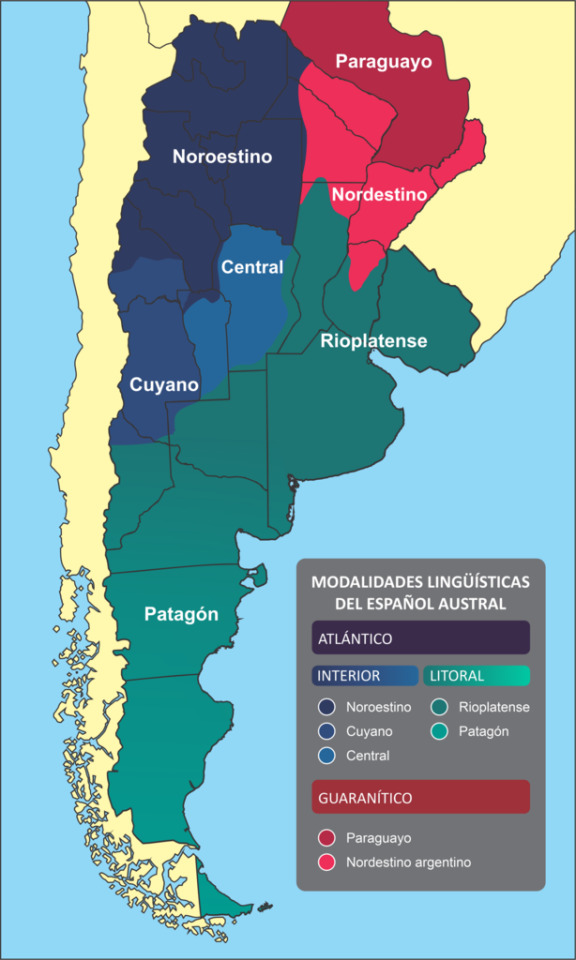
In English, I think I have a "Californian"? kind of accent since my main exposure to spoken English are movies, music, podcasts, etc. The people I've talked to in English tell me it's very hard to tell I'm not a native speaker. Which makes me a little sad, actually, I sometimes roll my Rs in purpose so you can tell I'm from Argentina.
22 notes
·
View notes
Text
Setting Map: Viceroyalty Latinidad (REWORK)

CorpEmp Macrocommunities:
Aridoamerica: Northwest Mexico. Miffed they didn't get the Rio Grande, even in the 2800s.
Central America: Central America plus Panama minus El Salvador.
Chile: Rump Chile run by Tradcath Gremialists. At least they don't have to deal with the Mapuche anymore...
Grand Bajio: North-Central Mexico. Home to massive Neo-Chichimec and Purépecha industrial estates.
Gran Colombia: Colombia, Ecuador, and Venezuela. Bolivar was a corporatist all along!
Hispanola: Haiti, Dominican Republic, and Puerto Rico. The only islands of the Greater Antilles that weren't seized by the U.M. and W.C.O.F..
Indo-Caribbean: Trinidad-Tobago and the Guyanas. The Hindu Heartland outside of VR Jambudvīpa.
Kalingo Archipelago: The Lesser Antilles (sans T-T and Montserrat), home of Carib restorationist movements.
Matto Grosso: Brazil's Center-West. Like to see themselves as the heirs of old Brazil.
Maya: Yucatan, northern Guatemala, and Belize.
Mesoamerica: Central Mexico. Declared the Nahua and Zapotec homelands, dotted with Hispano-Gaelic enclaves.
Nordeste: Brazil's northeast. Finally free from Brazilian internal neocolonialism.
North Rio Grande: Coahuila, Nuevo Leon, and Tamaulipas. Once a Texan satellite state, its relationship with the First Dynasty's home made the N. Rio Grande an influential member of VR Latinidad following its formation.
Paraguay: Slightly larger now that it's acquired the Argentine Chaco. Provinces like styling themselves as the old Jesuit Reductions.
Patagonia: Southern Argentina and Chile, the homeland for the Mapuche people, as well as some Welsh enclaves.
Peru-Bolivia: Peru and Bolivia, back together! Styles itself as Neo-Incan, with a few acquired Japanese stylings.
São Paulo: Formed from the Brazilian state, plus Minas Gerais. One community of note within is the "Confederado Tribal Zone".
(South) Rio Grande: Southernmost Brazil. Lots of German, Italian, Polish, and Ukrainian enclaves.
Tucumán: Northern Argentina. A Neo-Diaguita and Tonocote project.
Non-CorpEmp Territory:
Cordons Sanitaire: The Falklands, Mexico City, Brazil's Federal District, and a large buffer zone between Buenos Aires (U.M. territory) and Uruguay (W.C.O.F.).
Green Consensus: A good chunk of the Amazon, Galapagos, and a restored Montserrat.
United Markets: The militarist Milleist Free State (Buenos Aires), Central America's Crypto Coast, Jamaican FVEM , and the Sandals-Bahamas Free Market Zone.
World Congress of Freedom: The Zapatista Federation (Chiapas), Cuban Republic, the Rio-Santo strip (Brazil), and Peoples Republic of Uruguay.
Reserves: Millenarianist, pacifist, and survivalist enclaves across the Viceroyalty, and several (formerly) uncontacted peoples in the Amazon.
CPC Activity: Organized criminal groups use the Mexico City and Brasilia Cordons Sanitaire as staging grounds for trafficking operations. Massive depots are usually seen built and rebuilt in the Amazon. Several descendants of Guantanamo detainees have formed pirate groups in the Caribbean.
12 notes
·
View notes
Note
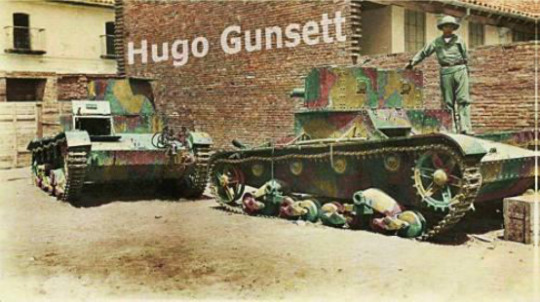
ID on these? Picture is small, sadly, and colorized, but it's interesting. One seems to have two turrets?
Left: Vickers Mark E "Six-tonner" type B, "VAE-446", British light tank, 1928, Vickers
Right: Vickers Mark E "Six-tonner" type A, "VAE-532", British Twin-Turret Light Tank, 1928, Vickers
So, these two tanks actually have a pretty wildly interesting story. This picture of them was taken in Paraguay, after their capture in the Chaco War at the Second Battle of Alihautá, and were the last two Vickers tanks left over in the Bolivian armored division after the disastrous war. They remained in Paraguay for several years, however after that their fate becomes unclear.
Some reports show that VAE 446 was sent to Republican Spain in the Spanish Civil War, by way of a Soviet arms dealer. However, this is difficult to corroborate. What is known, however, is that VAE 552 was returned to Bolivia in 1994 as a gesture of good will. (Pictured below)
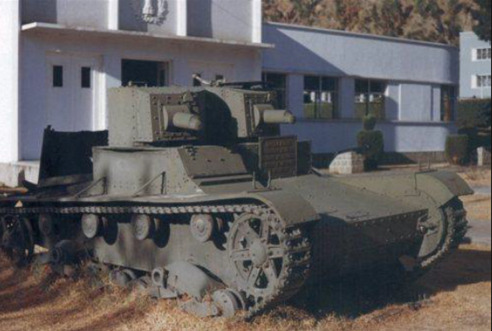
99% confidence.
7 notes
·
View notes
Text

Budgett's Frog (Lepidobatrachus laevis), family Ceratophrynidae, found in the Chaco Regions of Argentina, Uruguay, and Paraguay
photograph by Dick Bartlett
335 notes
·
View notes
Text

“Polychrome Vessel
Chaco pottery of a quite different design and style is shown in this illustration. Of very poor clay, it is nevertheless carefully shaped and incised with curvilinear designs painted in contrast. ing (black) color; white pigment has been rubbed into the incised outlines, Collected before 1875 by A. V. Fric.
GUANA; Chaco, Paraguay
Museum of the American Indian: 12/6454
ca. 1850-1875
11x11.5 in”
12 notes
·
View notes
Text
Paraguay pushes for $1.5bn gas pipeline with Argentina and Brazil
The pipeline would replace gas supplies from Bolivia but will require significant private sector investment if it is to materialise.

Paraguay is looking to develop a $1.5bn gas pipeline that will connect with Argentina and Brazil, with energy companies and high-ranking government officials engaging in talks on the matter.
Senior government officials from Paraguay and Brazil told Reuters that the plan, which is being drawn up by Paraguay, aims to compete with a rival Bolivian bid to repurpose existing pipelines to transport Argentine gas to Brazil. Either one of the projects would result in a major shift in regional energy flows if realised.
Mauricio Bejarano, Paraguay’s Deputy Mining and Energy Minister, told Reuters: “We want to sign a memorandum of understanding at a presidential level (for the pipeline) in June. There is a general support for the project.”
Rodrigo Maluff, Paraguay’s Vice-Minister for Investment, said that Brazil is warming to the idea of gas coming from Argentina’s booming Vaca Muerta shale region via the Paraguayan Chaco, as declining gas flows from Bolivia are forcing it to look for alternative suppliers. He added that this re-routing would require $1.2–1.5bn of investment, part of which will need to come from the private sector.
Continue reading.
#brazil#brazilian politics#politics#paraguay#argentina#paraguayan politics#argentine politics#economy#international politics#mod nise da silveira#image description in alt
2 notes
·
View notes

